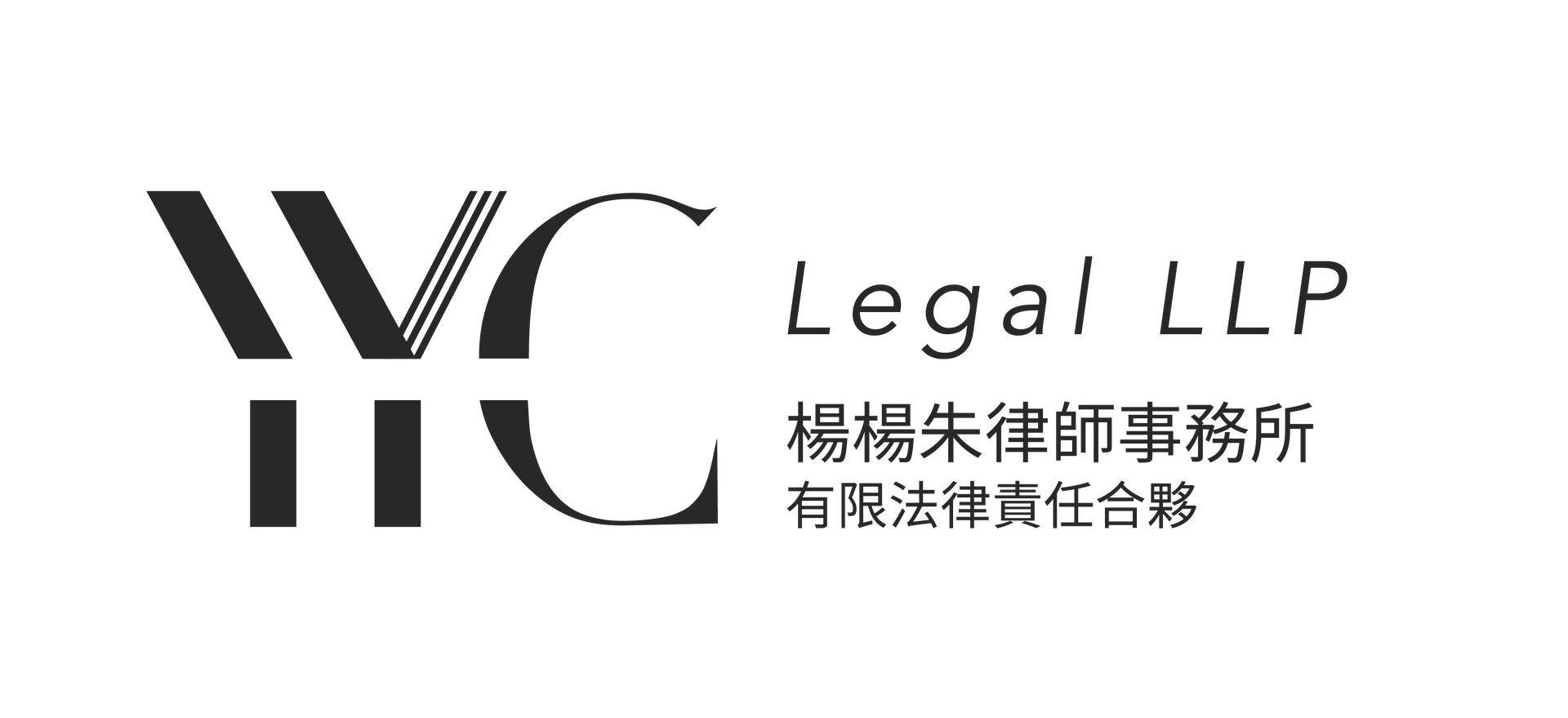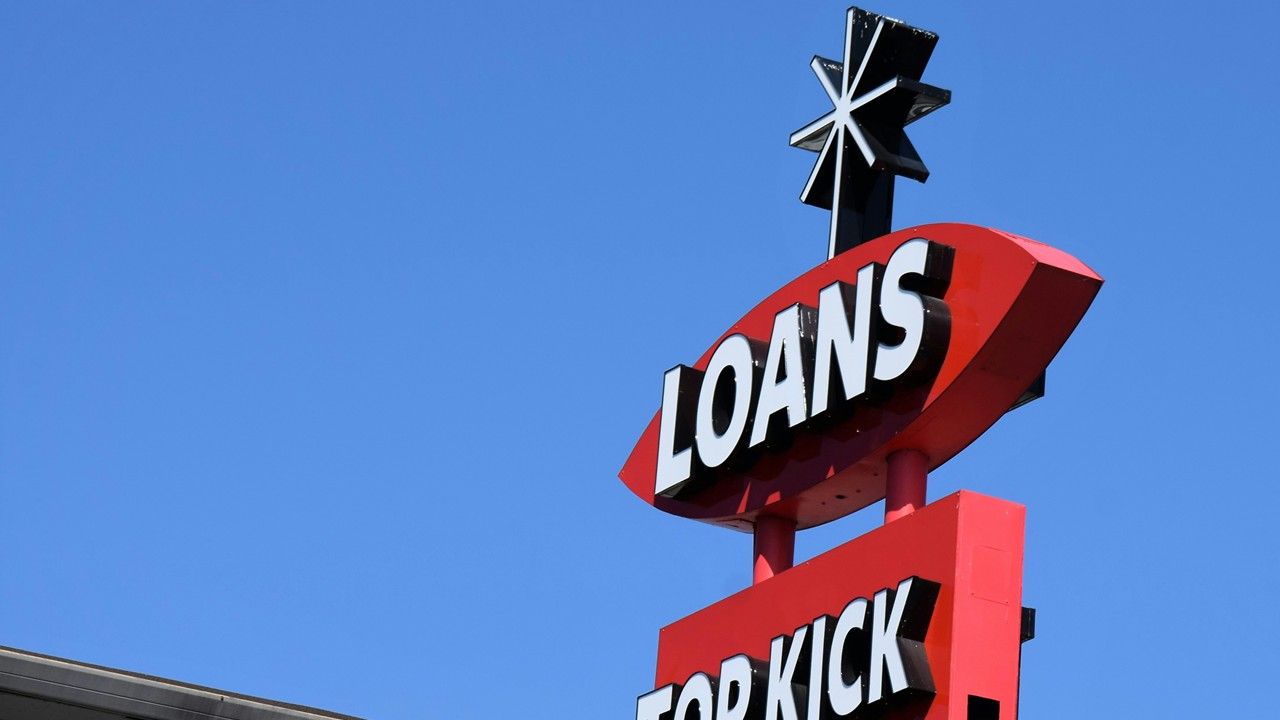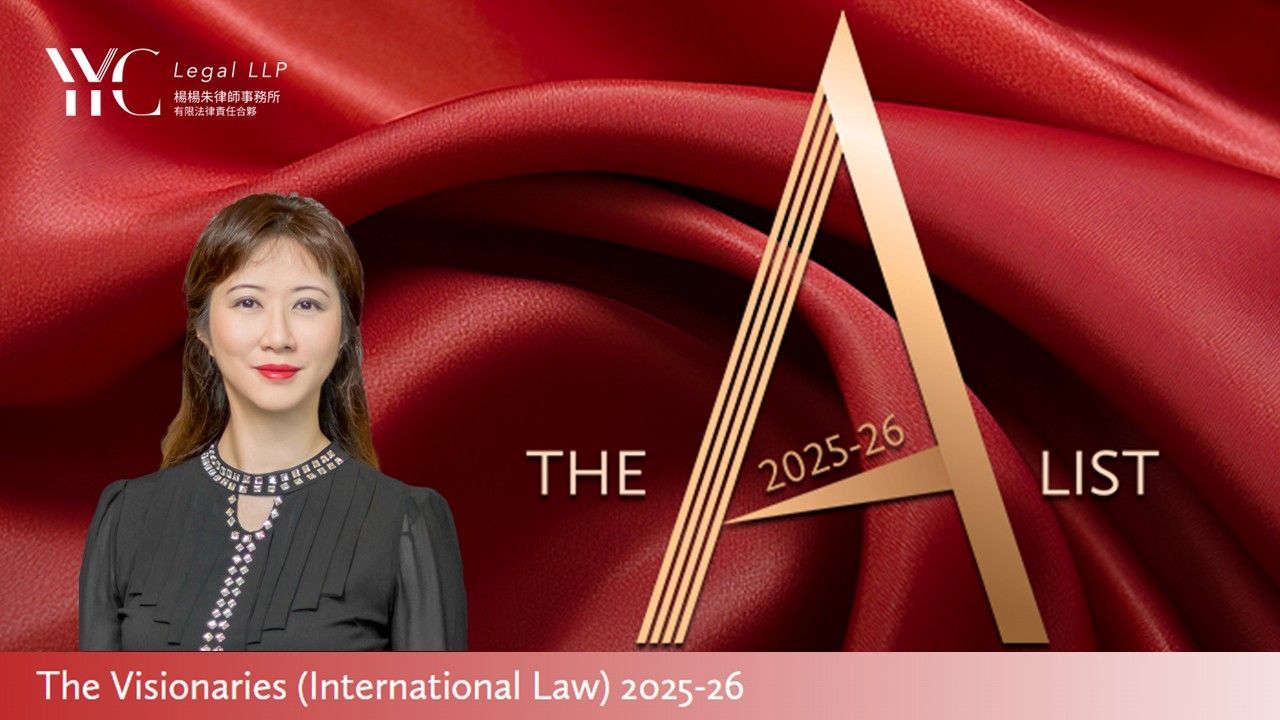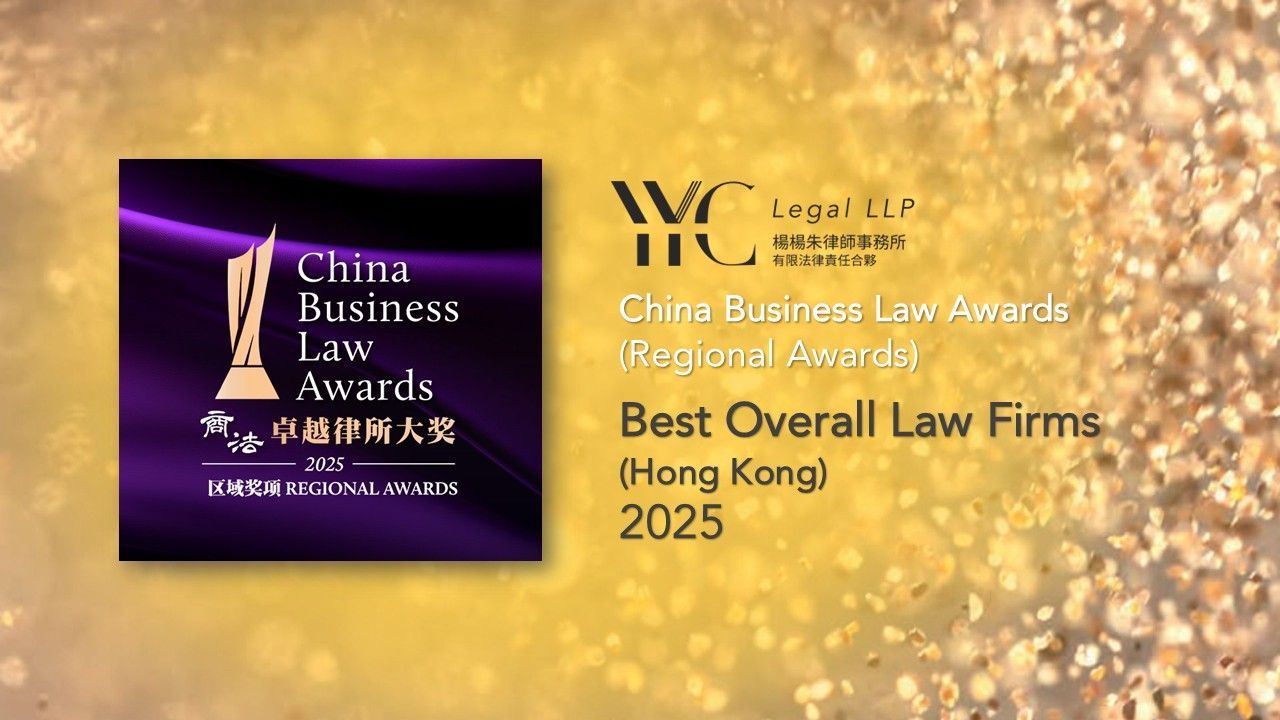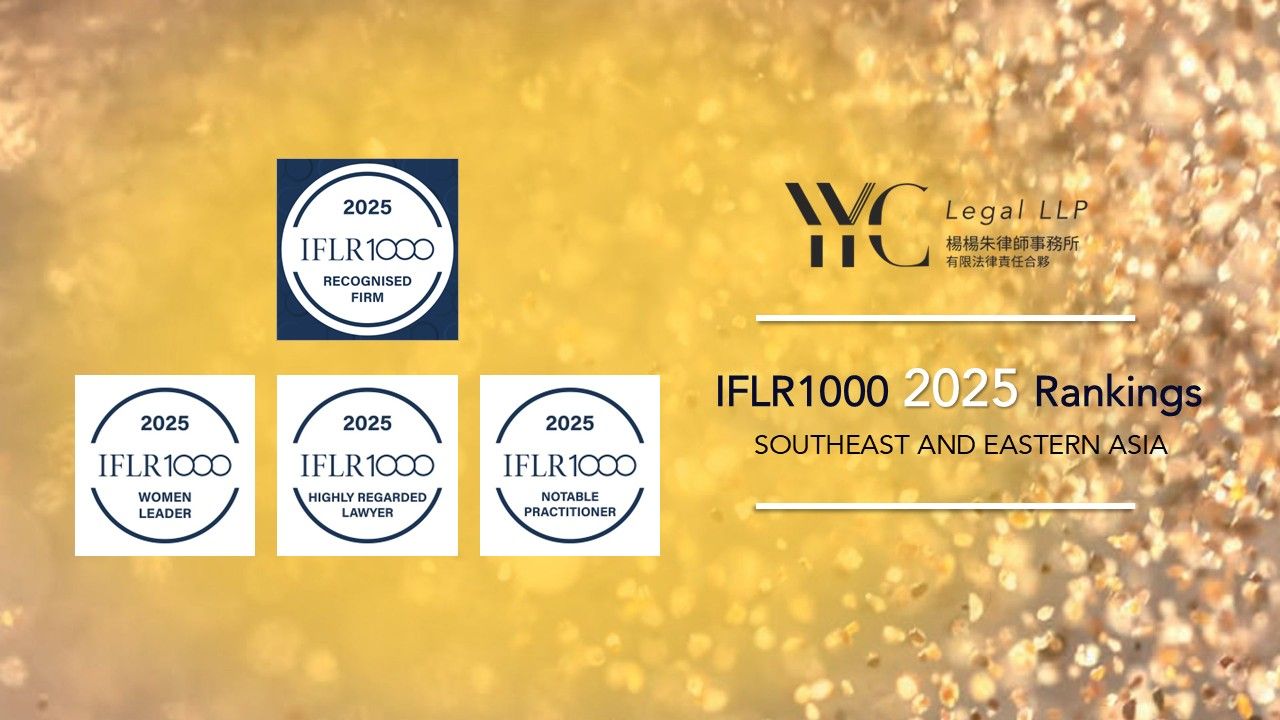Green bonds
Out of the 101 green bonds or programmes listed in Hong Kong, 38 were issued by financial institutions, mostly banks. The uses of proceeds generated from green bonds issued by banks are for financing and/or refinancing the “eligible” green assets or projects, e.g. energy conservation and efficiency, renewable energy, green buildings, clean transportation, pollution control, and environmentally sustainable management of living natural resources and land use. The eligibility varies in different bonds but is accordance with the green project categories set out in the Green Bond Principles of ICMA. Some China-based banks refer to the Catalogue of Projects Supported by Green Bonds (绿色债券支持项目目录), issued by the People’s Bank of China, for determining eligibility. Also, certain purposes are often excluded, e.g. fossil fuel, carbon intensive or nuclear fuel related projects, or activities connected with any luxury sector, spirits, tobacco and gambling.
Amongst the 44 green bonds issued by corporations, common issuers are property developers and public utilities companies. They are in sectors identified as consuming high amounts of energy and thus are more motivated to enhance their green efforts. Typical uses of bond proceeds for property developer issuers are green buildings, energy efficiency improvement, pollution control and water management.
The remaining green bond was issued by People’s Govt of SZ Municipality of GD Province of the PRC for the purpose of financing various projects in Shenzhen including water treatment and clean transportation projects.
18 green bonds are issued by the Hong Kong Government since the Government Green Bond Programme was launched in 2019. Please refer to our earlier article titled “ESG series – Hong Kong Government Green Bond Programme“[3] if you would like to know more about that programme.
Social bonds
Out of the 5 social bonds, two social bonds were issued by the Macau branch of the same China-based bank. In fact, each bond is a sustainability series bond combining the features of green, social and sustainability bonds. Thus, the management statement aligns with the Green Bond Principles, the Social Bond Principles and the Sustainability Bond Guidelines of ICMA. The net proceeds will be allocated to fund eligible projects in the typical green categories and also social projects such as affordable basic infrastructure (e.g. clean drinking water, sanitation, transport), access to essential services (e.g. health, education) and affordable housing which meet the local policies. The remaining two social bonds were issued by a Hong Kong Government owned entity and one social bond was issued by a corporation.
Sustainability bonds
Out of the 5 sustainability bonds, three sustainability bonds were issued by the Hong Kong branch of a China-based bank. In fact, the proceeds can be used for either financing eligible green projects or eligible social projects. The latter may involve employment generation through small and micro-enterprises financing, affordable basic infrastructure as well as access to essential services. The remaining two sustainability bonds were issued by the PRC Government.
Sustainability-linked bonds
Out of the 4 sustainability-linked bonds, one sustainability-linked bond was issued by a Hong Kong based property developer. The net proceeds from the bond will be used as general corporate purposes for the issuer group. The issuer sets the percentage of renewable energy in its rental properties in the
Greater Bay Area of China as the key performance indicator (KPI). Such percentage was less than 1% in the baseline of the financial year 2019/2020, while the issuer’s sustainability performance target (“SPT”) is to reach 100% by the financial year 2025/2026. If such target cannot achieved by then, the issuer group will make a purchase of carbon off-sets equivalent to a 0.25% increase in the coupon of the sustainability-linked bond for the remaining life of the bond until it is fully redeemed. This does not lead to a financial benefit to the investors but creates an environmental benefit because it increases the funding cost to the issuer.
The other two sustainability bonds were issued by the Hong Kong branch of the same China-based bank. Each is a combined green, social, sustainability and sustainability-linked bond. The bond framework underlying each bond is in line with the Green Bond Principles, the Social Bond Principles and the Sustainability Bond Guidelines of ICMA. For any sustainability-linked bond to be issued under the framework, the bank will define the KPIs according to its prevailing sustainable development strategy. It will calibrate the selected SPTs in terms of their consistency with its sustainable development strategy, its plans to meet the SPTs, the relevant controls and other critical factors. Each sustainability-linked bond will carry the variation of its financial and/or structural characteristics if any SPT is not met. The remaining sustainability-linked bond was issued by a leading manufacturer of integrated optical components and products manufacturer in the world and is the first domestic optical enterprise listed in Hong Kong with a goal to achieve its decarbonization targets and overall sustainability commitments.
Blue bonds
Blue bonds are debt instrument issued by governments, sovereigns, development banks to raise capital for projects with marine or ocean-based benefits. Out of the 4 blue bonds, two blue bonds are issued by the PRC government. The remaining blue bonds are issued by a Macau branch of a Chinese bank and a Hong Kong branch of a Chinese bank.
Transition bonds
Transition bonds provide a financing alternative for high carbon sectors such as industrial companies to transition away from fossil fuels. It also bridges the gap between traditional and sustainable financing as businesses begin the transition to carbon neutrality. In short, the purpose of transition bonds is to help companies transition from brown to "less brown" or "greener".
Out of the 6 transition bonds, 2 transition bonds are issued by a Hong Kong branch of a Chinese bank, 1 transition bond issued by a Singaporean branch of a Chinese bank and 3 transition bonds issued by a power station company in Hong Kong.
Key takeaway
While bonds listed in Hong Kong following the ICMA principles, it is important to follow how the issuers apply the proceeds and disclose the impacts of such bonds to achieve the sustainability objectives. As ICMA stresses, the transparency, accuracy and integrity of the information to be reported by issuers to stakeholders play a core role in the success of the finance products.
